Get Ready for Snowboarding Season: A Guide to Exercises for Snowboarding
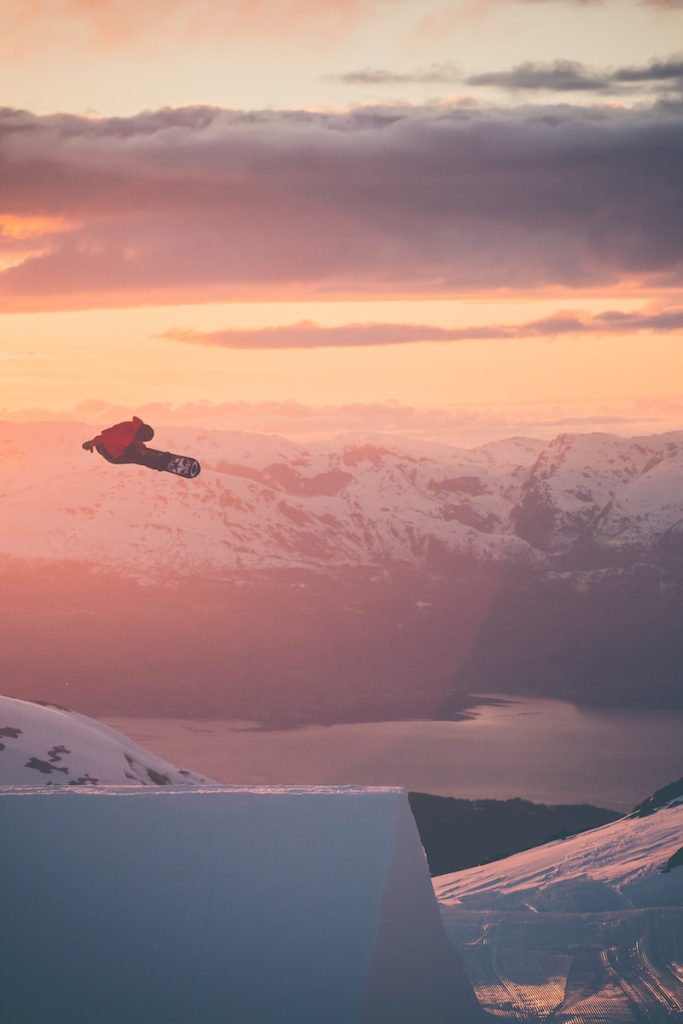
The snowboarding season is just around the corner, and it’s time to get ready! But how can you prepare your body for the thrill of cruising down the slopes and mastering those jumps? You don’t need to be a professional athlete to get the most out of your snowboarding experience. With the right exercises for snowboarding and a well-planned training schedule, you’ll be shredding the mountain like a pro in no time. So gear up, and let’s dive into the ultimate snowboarding workout guide that will elevate your performance and keep you injury-free!
Key Takeaways
Prepare for a successful snowboarding season with essential exercises targeting your legs, upper body and core muscles!
Increase range of motion, build explosive power and strengthen balance & stability with dynamic warm-up, plyometric training and targeted muscle training.
Motivate yourself to have an all rounded experience by creating an at home workout circuit incorporating proper warm up & recovery tips.
Preparing for Snowboarding Season: Essential Exercises

Before you venture onto the slopes, your body needs to be ready for the physical challenges that snowboarding presents. A balanced training routine, focusing on strength, flexibility, and endurance, can help you avoid injuries and improve your overall performance.
The following exercise suggestions will target your legs, upper body, and core muscles, so you can hit the slopes in style when the snowboarding season kicks off.
Dynamic Warm-Up

A proper warm-up is vital for getting your body ready for any physical activity. Dynamic warm-up exercises, such as hip circles, arm circles, and high-stepping with feet hip width apart, increase your body’s range of motion, improve coordination, and reduce the risk of injury. Aim for 10-15 repetitions of each exercise, maintaining continuous and fluid movements, and don’t forget to switch legs to ensure a balanced workout.
These dynamic exercises are designed to prepare your muscles and joints for the rigors of snowboarding workouts.
Plyometric Training: Jumping Squats and Lateral Jumps

Plyometric training is all about building explosive power and agility, essential for a successful snowboarding experience. Jumping squats, for instance, target muscles commonly used in snowboarding and can even help protect you from ankle injuries.
Meanwhile, lateral jumps strengthen your glutes, quads, and hamstrings, with the added bonus of improving balance and stability, especially when performed with knees slightly bent. Integrating these exercises into your training routine will put you on the path to confidently mastering the slopes.
Balance and Stability: Single Deadlifts and Hip Clock Exercises
Balance and stability are key components of snowboarding, as they help you maintain control and prevent injuries. Body weight exercises like single deadlifts and hip clock exercises not only improve balance but also strengthen multiple muscle groups.
For an easy daily exercise to work on your balance, try standing on one foot while brushing your teeth. Adding these exercises to your routine will enhance your control on the slopes, leading to a safer snowboarding experience.
Core Strengthening: The Superman and Plank Variations

A strong core, including abdominal muscles, is the foundation of a great snowboarder. Exercises like the Superman and plank variations target your deep core muscles, obliques, and even your arms and shoulders, supporting your overall snowboarding performance.
Integrating these core strengthening training exercises into your training will equip you better to handle challenging terrains and maintain balance on your board.
Targeted Muscle Training for Snowboarding
In addition to the essential exercises mentioned earlier, targeted muscle training can further enhance your snowboarding skills by focusing on specific muscle groups. The upcoming exercise suggestions focus on your lower body, upper body, and flexibility, promising a comprehensive training plan that will prepare you to take on the mountain.
Lower Body: Squats, Lunges, and Calf Raises

Your legs, especially the left leg, are the powerhouse for snowboarding, so it’s crucial to build strength and endurance in your lower body muscles. One leg exercises like squats, lunges, and calf raises target your quads, glutes, and hamstrings, providing the strength and stability you need to ride longer with both your left and right leg. Practicing the squat position with your weight bearing leg straight can further enhance your overall performance on the slopes, while focusing on your standing leg can improve balance and control.
Adding these lower body exercises to your training routine will better prepare you to handle challenging slopes and enhance your snowboarding adventures.
Upper Body: Push-Ups, Triceps Dips, and Shoulder Presses
A strong upper body supports stability and control on your snowboard. Starting in a push up position with your hands at shoulder width, perform push-ups, triceps dips, and shoulder presses to strengthen your left arm, along with the rest of your arms and shoulders, allowing you to maintain balance and transition smoothly between movements.
Adding these upper body exercises to your training routine will not just enhance your snowboarding performance, but also minimize the risk of injury.
Flexibility and Mobility: Yoga Poses and Stretching
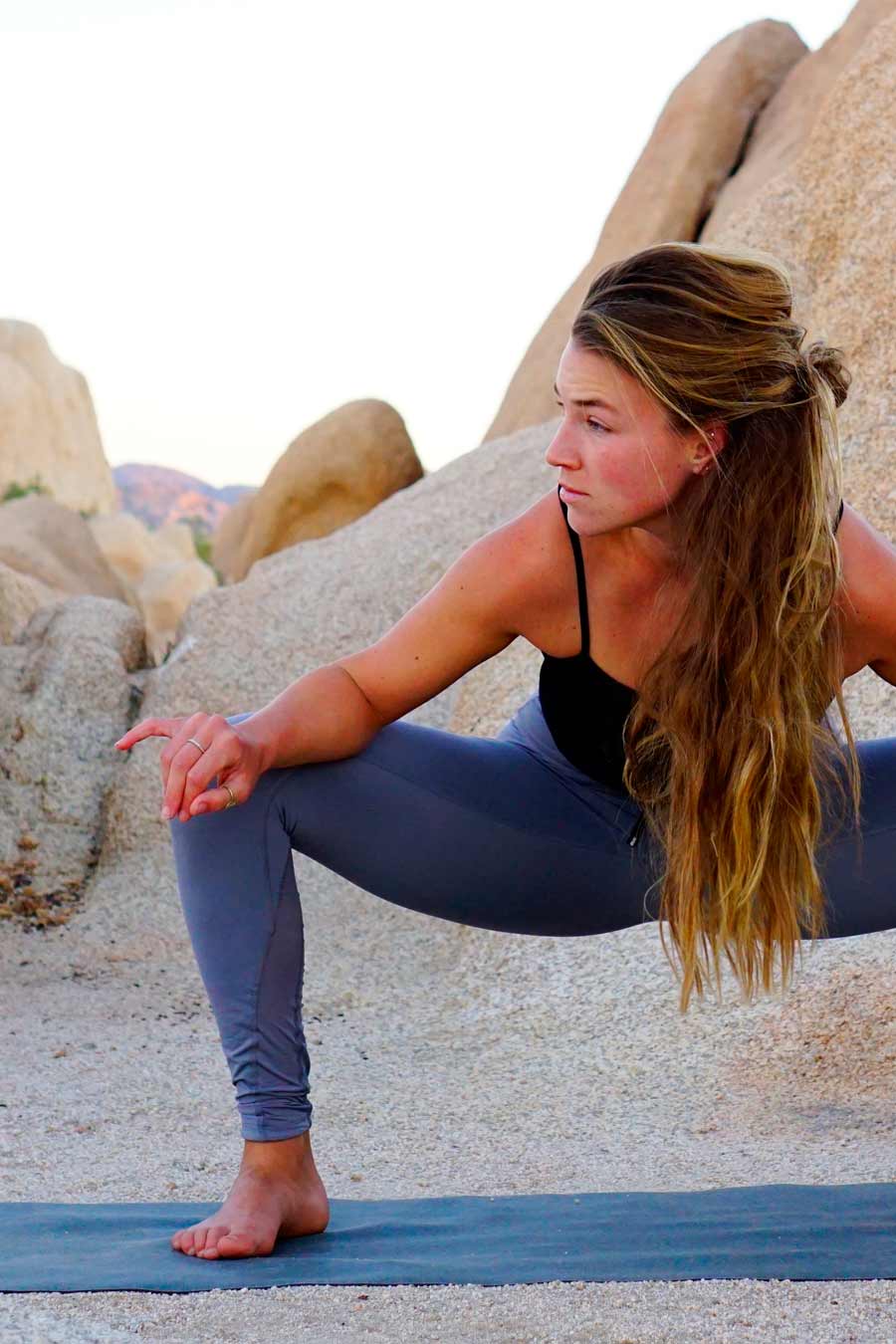
Flexibility and joint mobility play a significant role in your snowboarding performance, helping you avoid injuries and reach your peak potential. Incorporating yoga poses and stretching exercises into your training schedule can increase flexibility, improve balance, and enhance overall performance.
Aim to perform these exercises at least twice a week for 10-15 minutes each session, focusing on different areas of the body such as hips, ankles, shoulders, and spine. Start with a feet shoulder width stance for better balance and stability during the exercises.
Creating a Snowboarding Training Schedule

A well-planned training schedule is essential for maximizing your snowboarding performance and staying injury-free. Next, we will share tips on when to start your snowboarding training, how to balance exercises with cardio workouts, and how to ensure that you are fully prepared to hit the slopes.
To begin, it’s important to set realistic goals and create a plan that works from your starting position.
Starting Early: 8-12 Weeks Before the Season
Beginning your snowboarding training early (8-12 weeks before the season) is significant to ensure your body is ready for the physical demands of the sport and to prevent potential injuries. During this period, focus on the essential exercises and targeted muscle training discussed earlier, and perform them 2-3 times a week with rest days in between.
This approach will help you build strength, flexibility, and endurance, setting you up for a successful snowboarding season.
Balancing Exercises and Cardio Workouts

A well-rounded snowboarding training plan should include both exercises and cardio workouts to improve overall fitness and snowboarding performance. Begin with a dynamic warm-up to prime your body for the workout. Then, alternate between balancing exercises and cardio exercises, devoting a few minutes to each type of exercise before transitioning to the other.
End with a cool-down and stretching. This balanced approach will help you build strength, endurance, and flexibility, ensuring a successful snowboarding season.
At-Home Snowboarding Workout
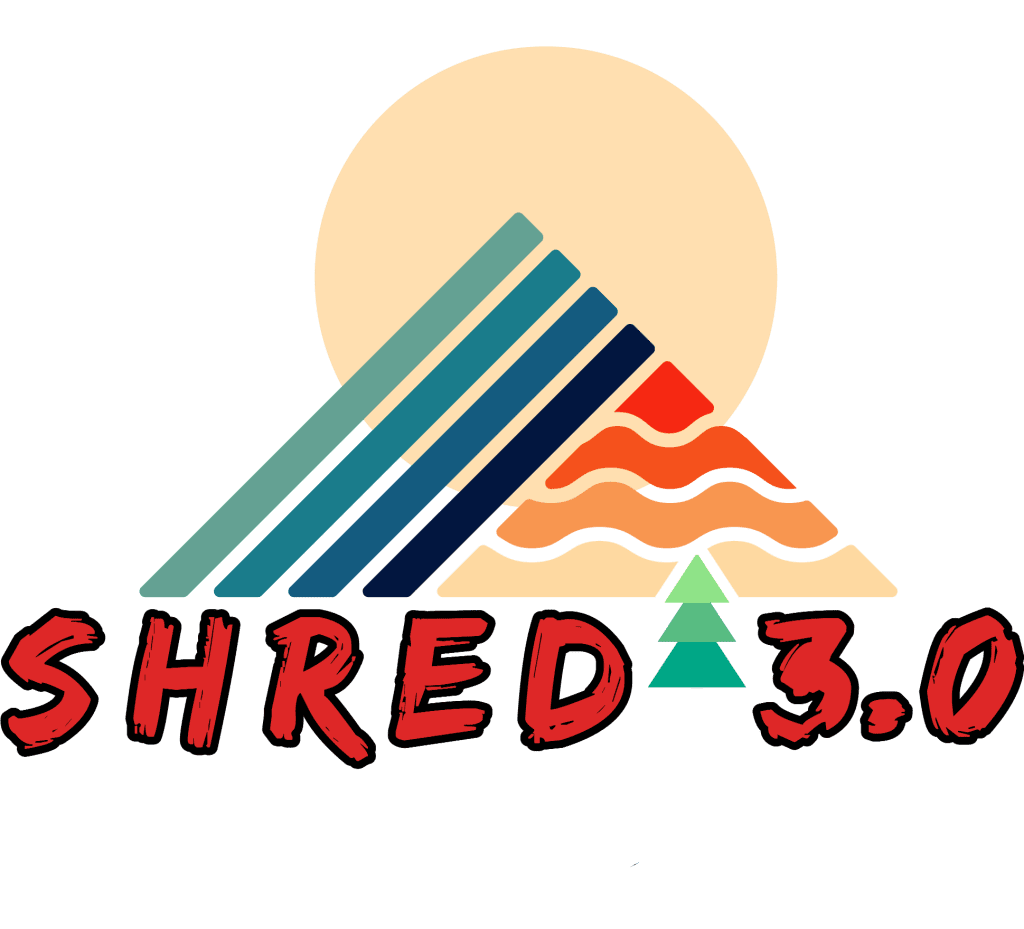
You don’t need a gym or expensive equipment to prepare for snowboarding season. With minimal equipment and a little creativity, you can create an at-home snowboarding workout circuit that targets all the essential muscles and skills needed for a thrilling experience on the slopes.
The TriPhasic training process was created to make periodization simple. The program is broken up into 5 phases starting with foundational Eccentric, Isometric and Concentric contraction routines. Next is putting it together into a Power phase and finishing up with Specialized Snowboard based movements.
We give you the tools to continue your journey past 12+ weeks into the season.
Injury Prevention and Recovery Tips
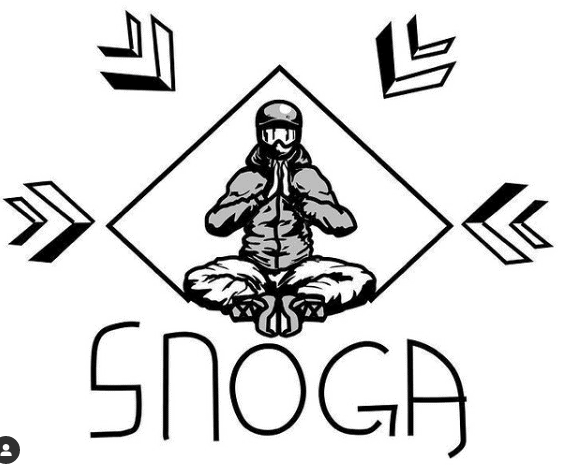
Injuries can put a damper on your snowboarding season, but with proper preparation and recovery, you can minimize the risk and maximize your enjoyment on the slopes. Proper warm-up exercises, strength and flexibility exercises, and rest and recovery are all essential for reducing the risk of injury and ensuring a successful snowboarding season.
Join our SNOGA program (Yoga for snowboarders) and see the difference in your riding, recovery and day to day life.
Adhering to these tips and incorporating the suggested exercises and training schedule will put you on the path for a safe and enjoyable snowboarding experience.
Summary
In conclusion, preparing for the snowboarding season requires a well-rounded approach that includes essential exercises, targeted muscle training, and a well-planned training schedule. By starting early, balancing exercises with cardio workouts, and focusing on injury prevention and recovery, you’ll be ready to tackle the slopes with confidence and skill. So grab your board, hit the mountain, and enjoy the thrill of snowboarding like never before!
Frequently Asked Questions
How do I strengthen my body for snowboarding?
Strengthen your body for snowboarding by doing exercises like squats, jumping squats, lunges, single leg deadlift to high knee, planks and power pushups. Incorporate them into a four-week plan and challenge yourself with harder variations of the exercises to maximize your snowboarding performance.
What muscles should I workout to prepare for snowboarding?
Strengthen your lower body, core and upper body muscles with squats and lunges to help condition your calves, glutes, quads, thighs and hamstrings for snowboarding. Increase your stamina by working on these muscles to help prevent tired legs and sore muscles when hitting the slopes.
How can I practice snowboarding at home?
Practice snowboarding at home by shifting your weight to your edges on a soft surface and alternating moving your hips and bending your knees for balance. Practice ollies and nose presses to further improve your technique.
How early should I start my snowboarding training schedule?
Start your snowboarding training 8-12 weeks before the season begins for optimal results.
How can I balance exercises and cardio workouts in my snowboarding training?
Focus on alternating between balancing exercises and cardio workouts to give your snowboarding training the perfect balance – a few minutes of each type of exercise, before switching over. Get that snowboard ready and hit the slopes!
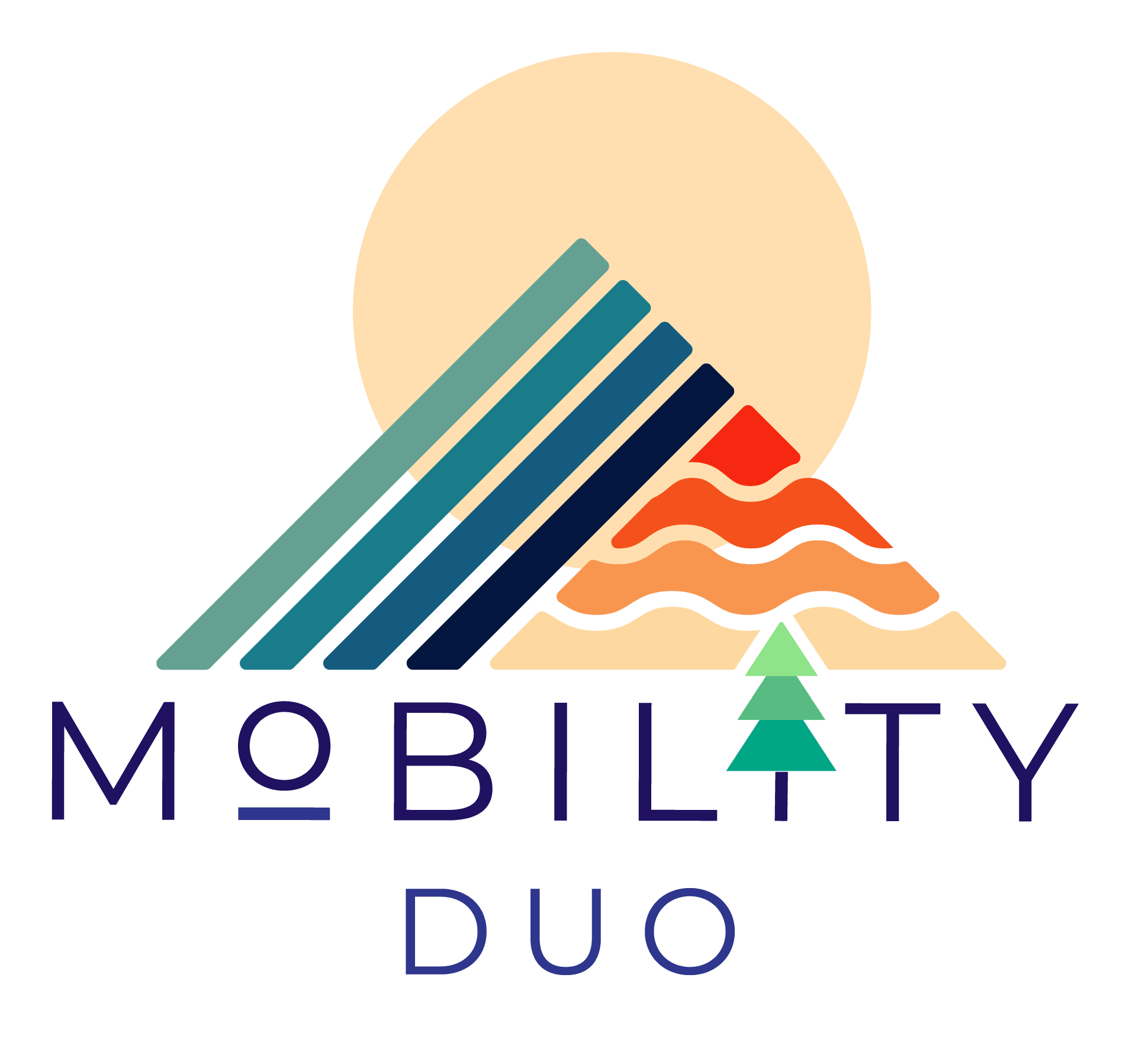
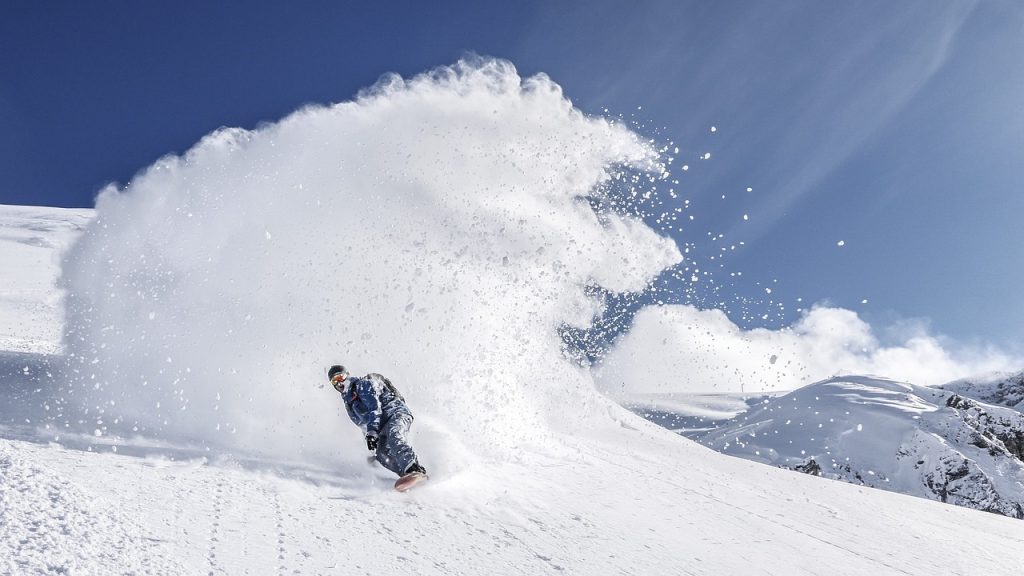
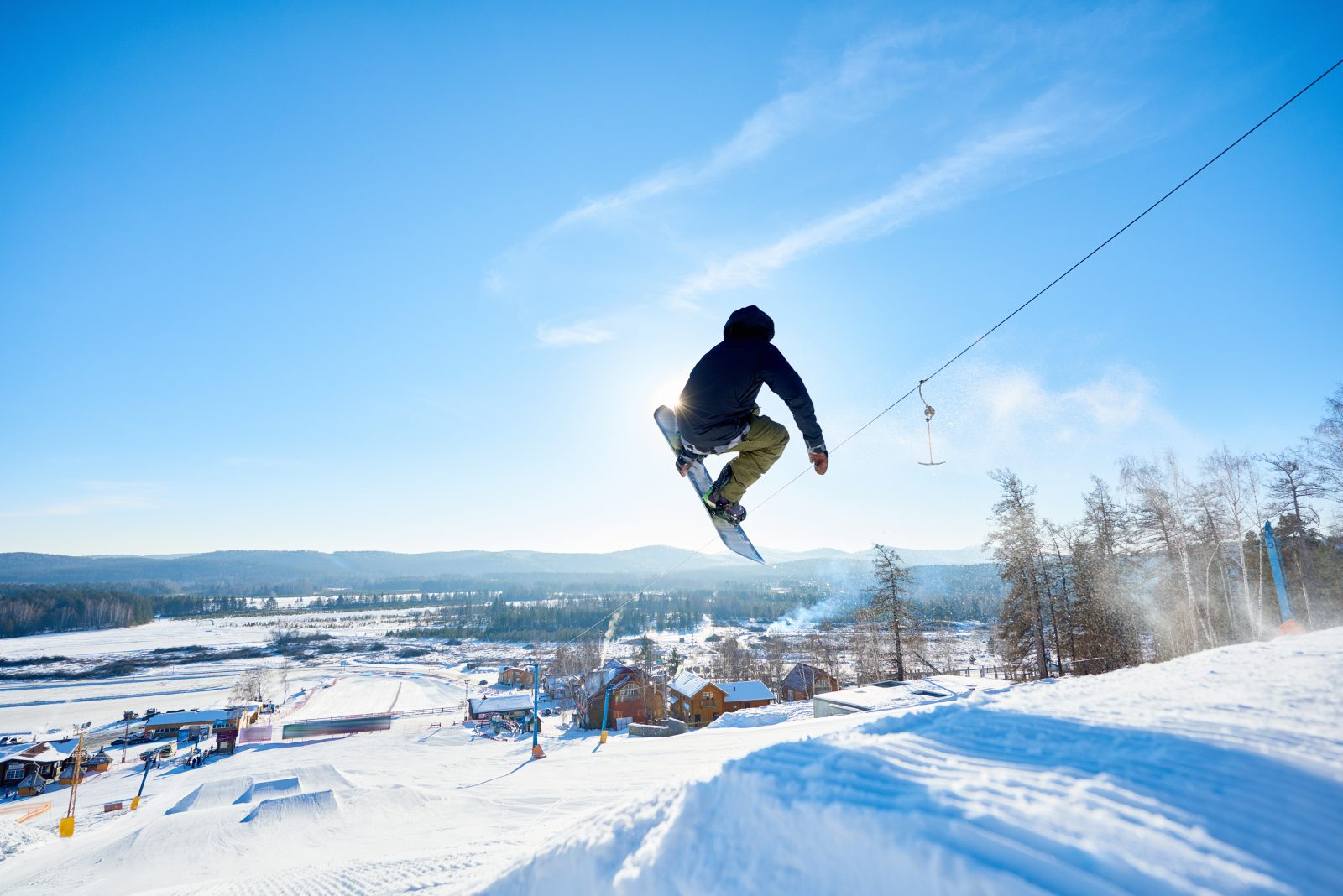
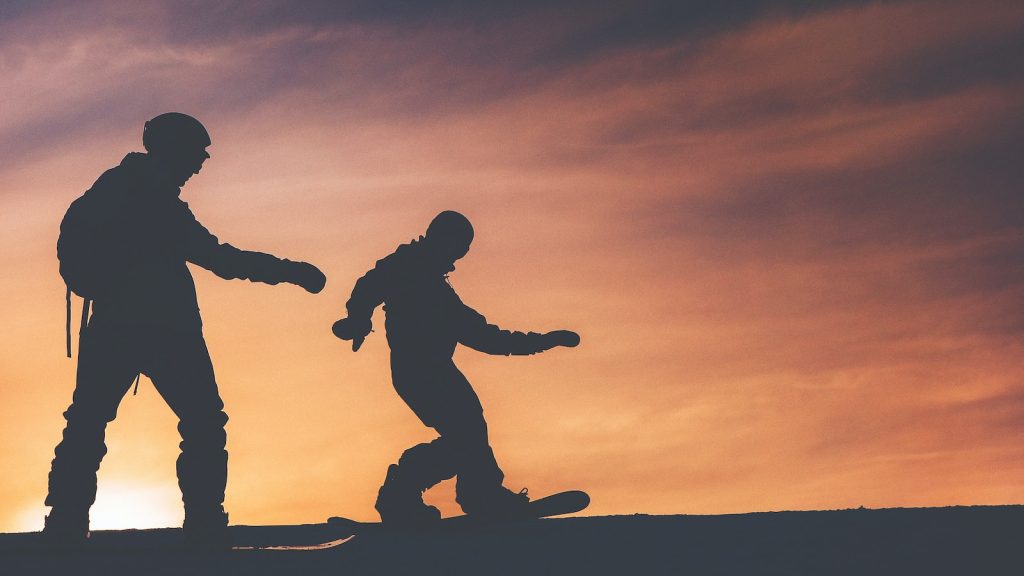
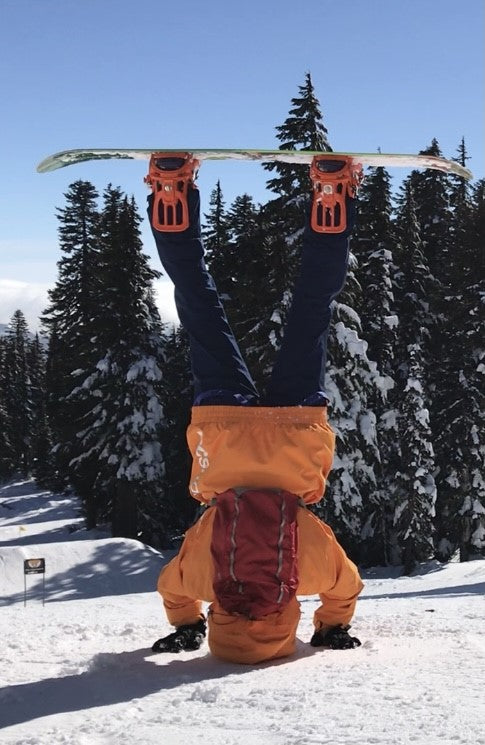
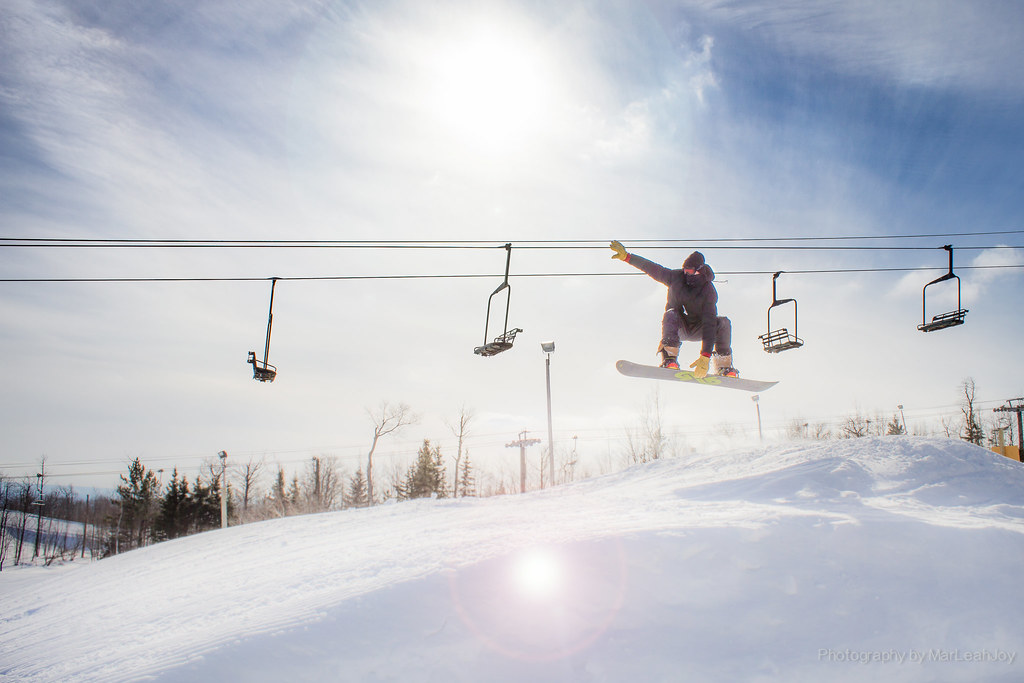
Responses